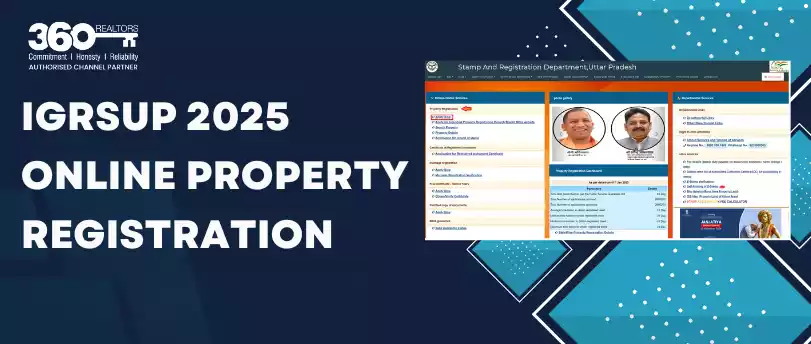After a quick jump in sales at the beginning of the Calendar Year (CY), Indian real estate is once again suffering from demand compression in the face of the current crisis. Although the industry is better equipped this time and will make use of its past learning, a slowdown in general business activities will weigh on the overall real estate demand.
Additionally, the industry will be further marred by rise in construction material prices such as cement and steel. Cement prices have risen sharply in March ‘21. Likewise, prices of steel have increased significantly. Hot Rolled Coil (HRC) & Long Steel or (TMT) bars both are witnessing a surge in prices. As cement and steel are amongst the most widely used raw materials in construction, a rise in their prices will result in increased pressure for developers. Already most of the developers are working on wafer-thin margins and a further increase in input cost will aggravate the situation.
Numerous Factors driving cement price Rise
It is noteworthy that the surge in demand for cement has been backed by healthy underlying drivers such as the push towards infrastructure by GOI, increased rural demand, and a resurgence in urban demand. Cement sales increased to 105 million tonnes in Q4 2021, climbing by 22% on a Y/Y basis. A rise in demand has also naturally translated into upward movement of cement prices, despite most of the cement companies trying their best to curb prices in the 4th quarter of the last fiscal to meet year-end targets.
By March 21, all-India cement prices reached INR 351 (per 50 KG bag) rising by 5.4%. In the south, the rise has been sharpest reaching INR 371, growing by 13%. In northern regions, cement prices inched by ~ 2%, reaching INR 350/ bag. In the western region, price/bag climbed to INR 346 from INR 327.
As the demand outlook seems bright for FY 22, prices will continue to rise steadily. In May, most of the major markets in India reported a hike in the price to the tune to ~ INR 10/ bag. In June, initial estimates suggest that prices might further increase by around ~ INR 10- 15/ bag.
This might be good news for cement manufacturers but an increased price of cement is not a very healthy sign for the real estate industry, which already is suffering from demand compression due to the 2nd lockdown. Spiralling cement prices will pressurize the industry.
Moreover, as the prices of raw materials such as petroleum and coke are increasing, cement prices in India are expected to further rise. Historically, cement companies pass on the increased prices to the customer. This means the rise in prices of raw materials will further dent the pockets of developers.
Growth in Steel Prices
Similarly, the prices of steel have also risen sharply. The upcycle in steel prices is in tandem with robust global demand. A resurgent China along with a buoyant USA & Europe are driving steel demand. In FY 21 Indian steel production inched up but total exports amounted to 10.8 million, climbing by 29.1%. A jump in exports has resulted in a shortage of steel in domestic markets, thereby pushing ahead steel prices in the country. In March ‘21, prices of HRC jumped by 40% on a Y/Y basis, whereas TMT prices increased by 30%. The rallying of prices will continue ahead. By mid-June, on average prices are further expected to increase by INR 2,000- 4,000/ tonnes.
GOI should step in
After the financial crunch of 2008, both cement and steel are going through their bullish up-cycles and this is a good sign for their investors. Investors in the cement industry are bullish at the moment. Likewise, the stock prices of steel companies are soaring.
However, this will impact real estate in a negative way. As the cost of raw materials will rise, the price of development will increase, thereby further dampening demand. The possibility of passing on the price increase to the customers is also not feasible, as already demand has plunged. In such circumstances, if prices are not contained, many projects will be stalled thereby further aggravating the challenge.
Although steel and cement prices are deregulated, the government still can do its bit. It is argued that there are cartels in play that have also pushed ahead prices. Governing agencies should look into this and rein them in if the price rise is due to artificial forces. Also, the government should try to optimize raw material supply as it can also help in checking price hikes.






